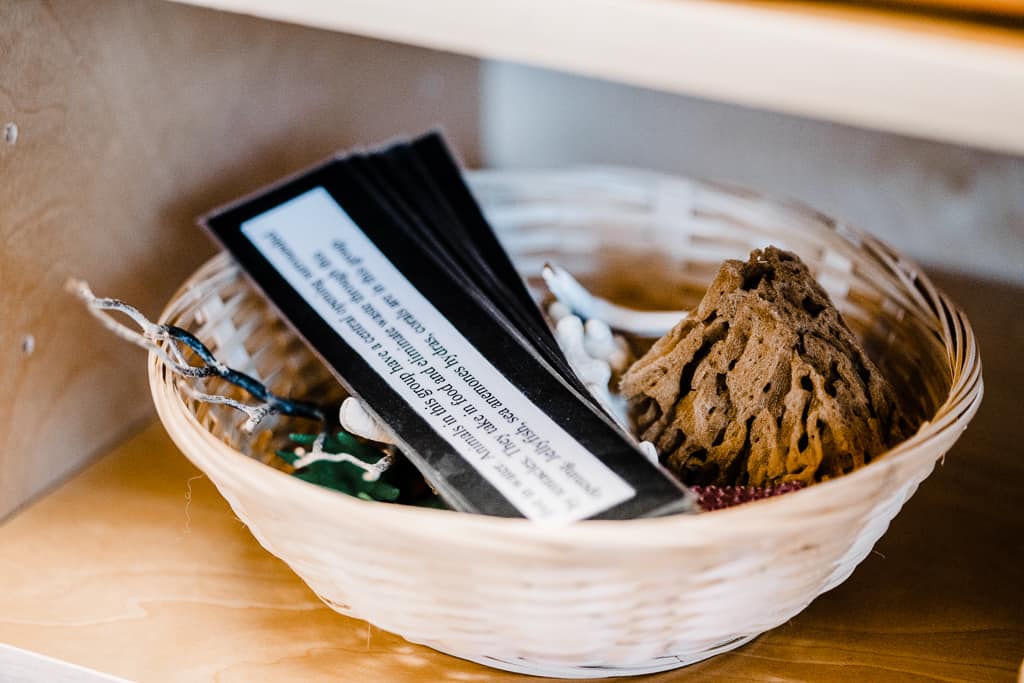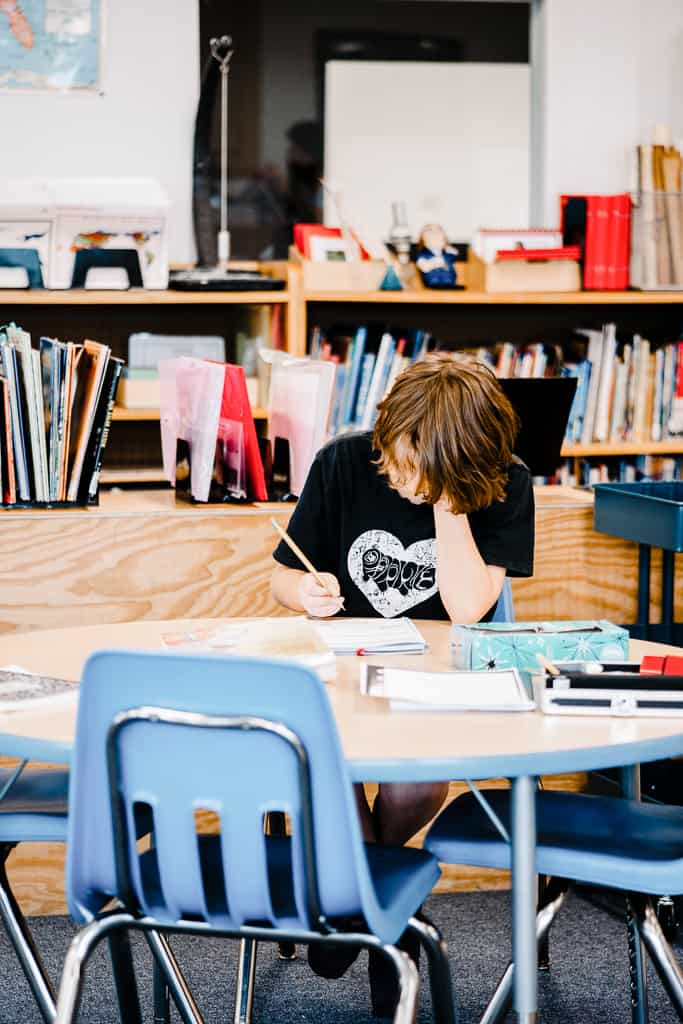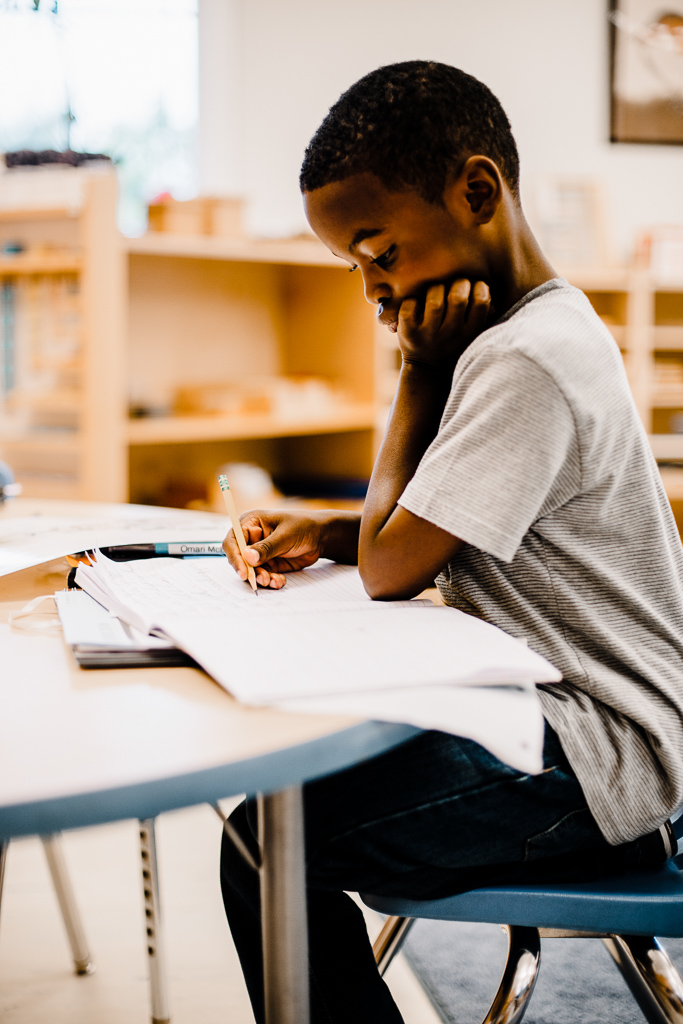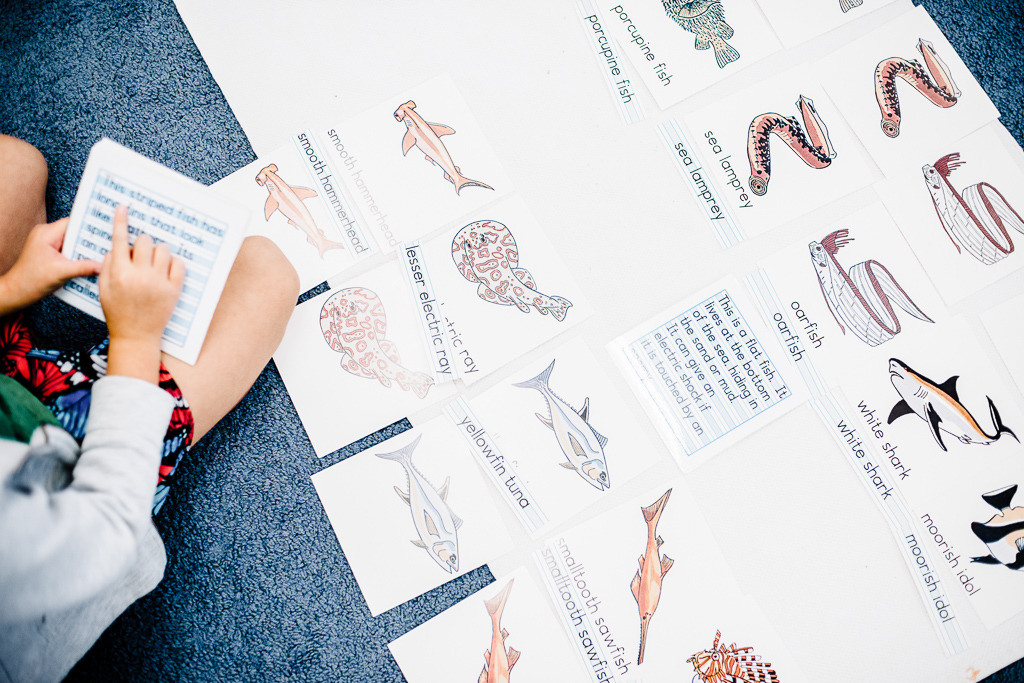Lower & Upper Elementary
1st through 6th grade

Our focus here is cosmic education
Come see what a buzzing Montessori elementary classroom looks like for yourself.
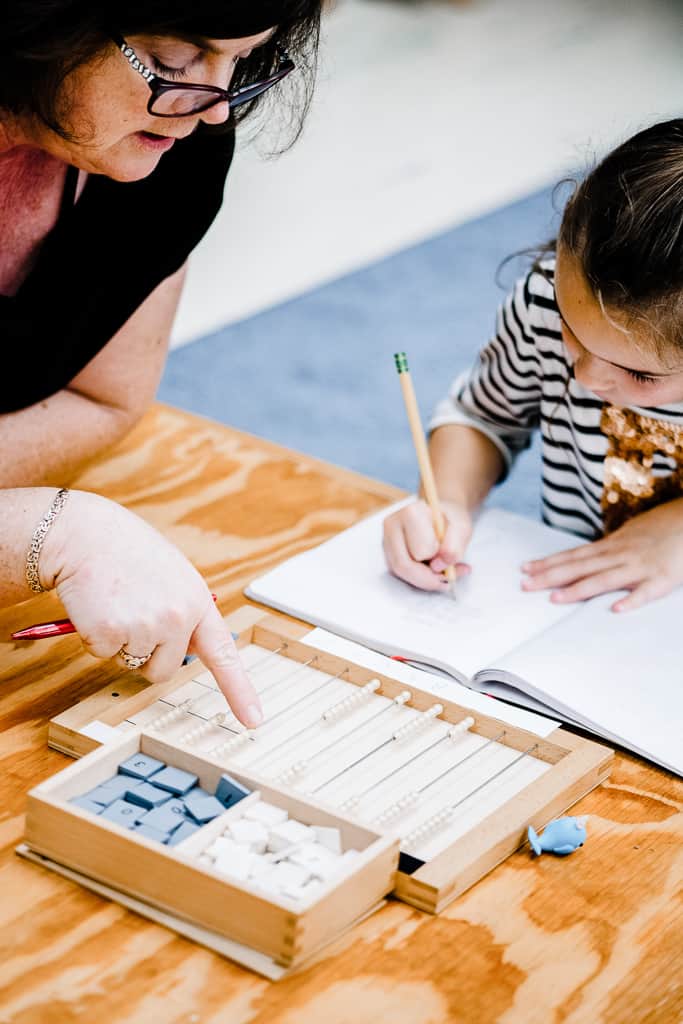
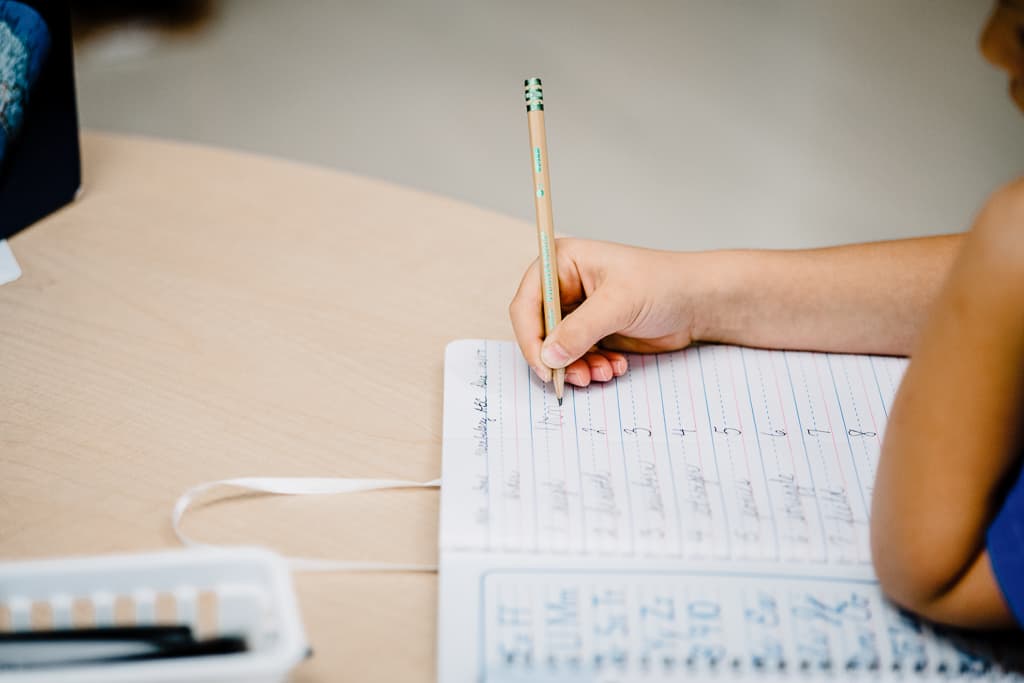
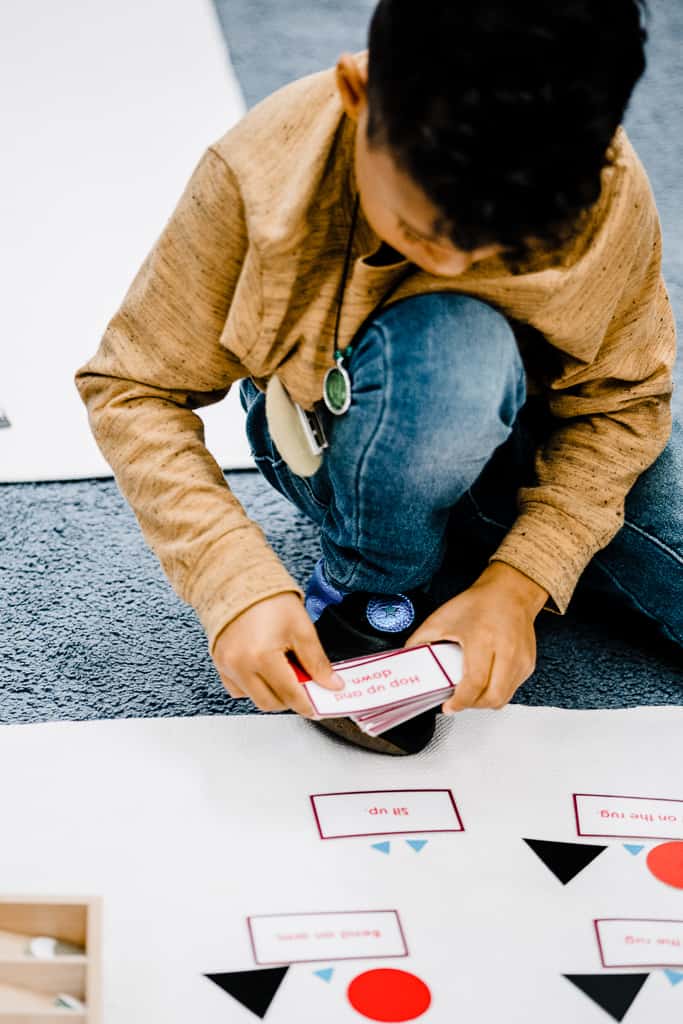
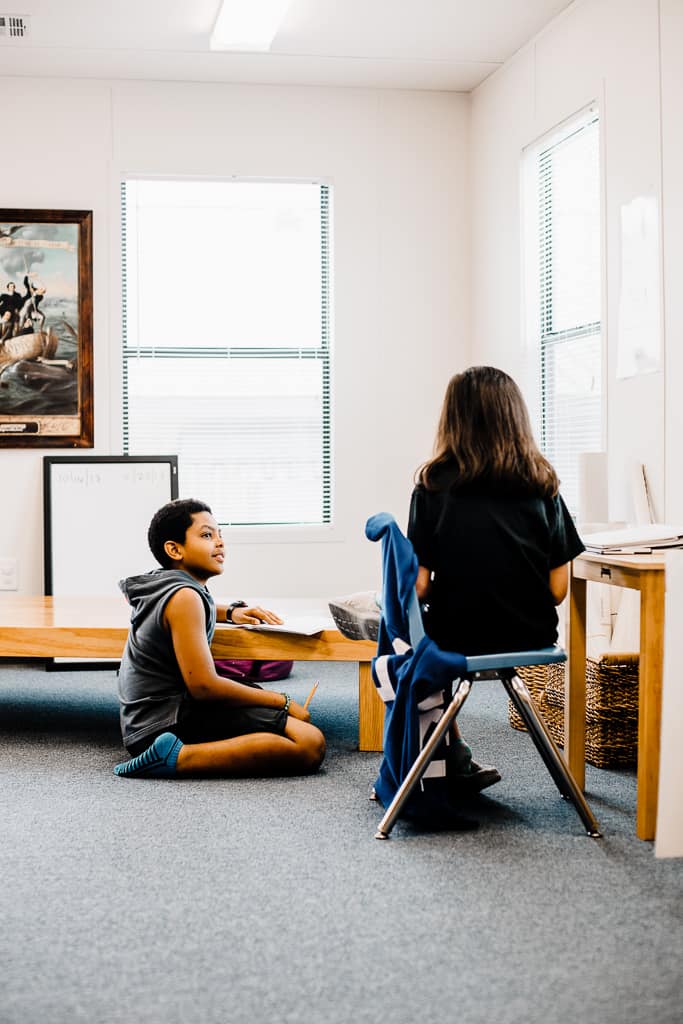
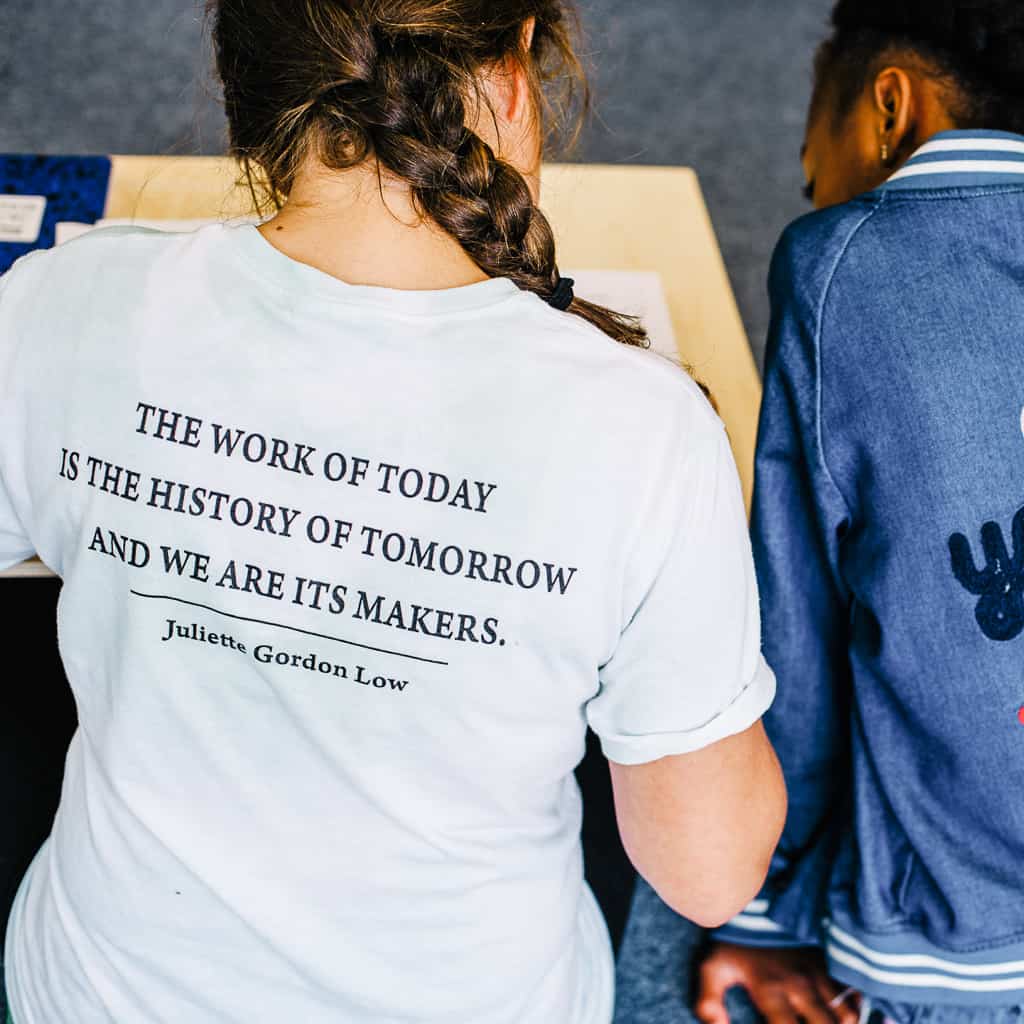
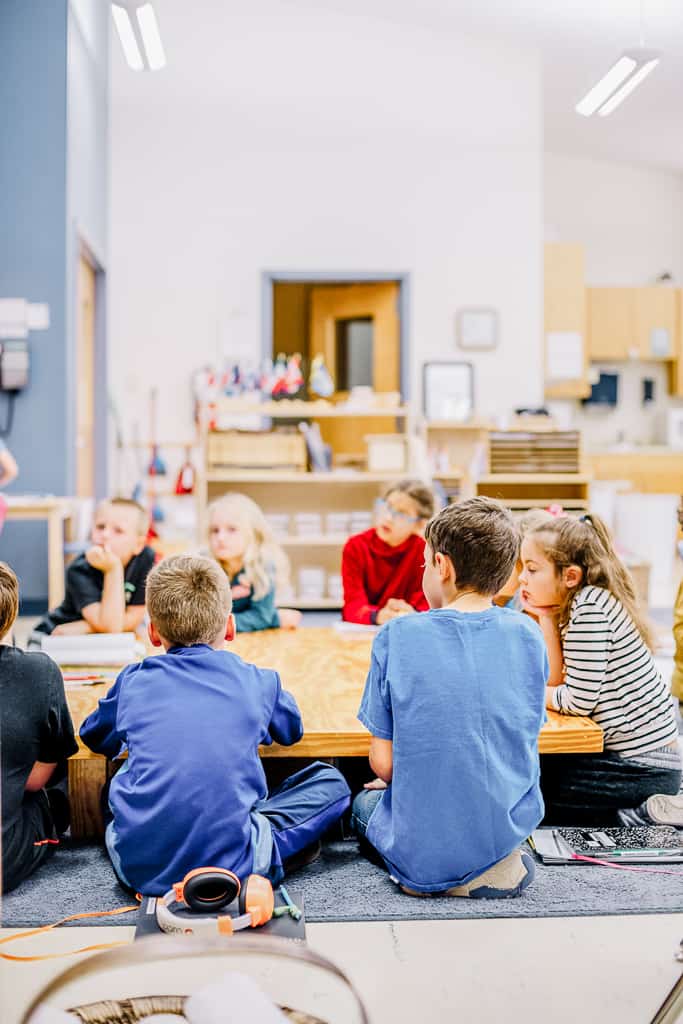
The Montessori elementary program is divided into lower elementary (1st through 3rd grade) and upper elementary (4th through 6th grade), and the curriculum is based on developmental needs common to this age group, including social, emotional, intellectual, and physical growth.
There are six major areas of study in the Montessori elementary curriculum: language, math, geometry, science, history, and geography. In addition to the core curriculum, elementary students also participate in Spanish, music, physical education, art, and ecological studies.
Our goal is to help students grow into independent, confident and inquisitive people. Children at this age are encouraged to learn more about the “hows” and “whys” behind the things they study. Inquiry and curiosity lead to research, discussion, and large-scale projects.
The teacher’s role is to present key information and material in an area of study, and then to guide the children in developing projects to explore different aspects of the subject area. Testing is not a common occurrence, because the teacher knows each child well and keeps a record of their work.
It is common to observe children working productively even without any external rewards or consequences. Making connections between the things they learn excites children, stimulates their imagination, and gives them a sense that they already know so much and can easily learn more. They learn that they are not dependent on the teacher for all of their information, and they acquire methods of learning on their own.
Articles about Montessori Elementary:
Our focus here is cosmic education
Come see what a buzzing Montessori elementary classroom looks like for yourself.
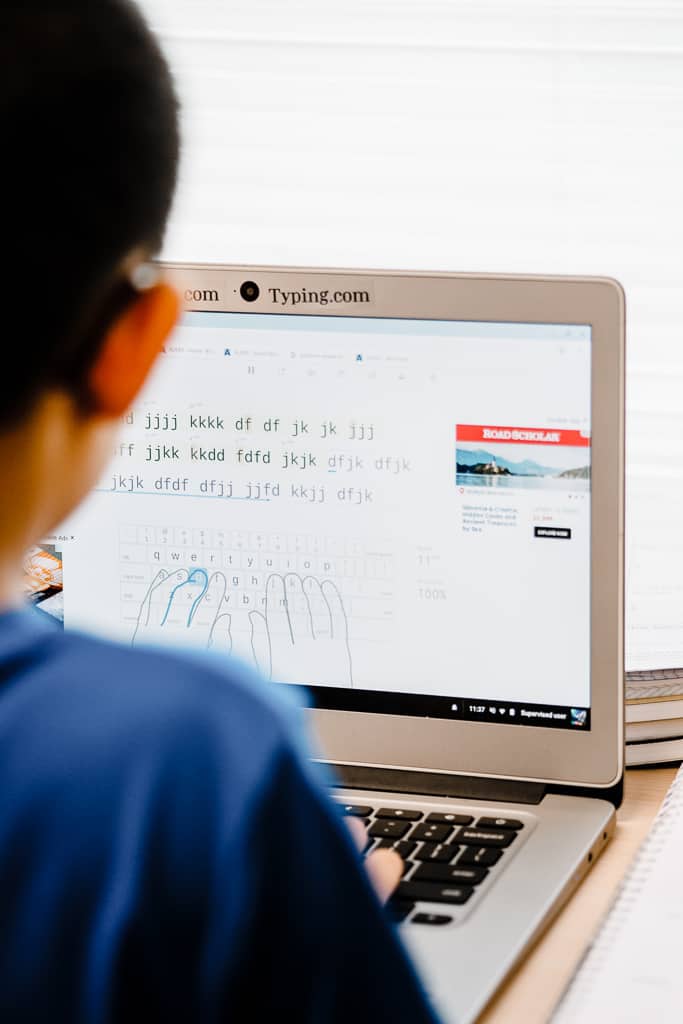
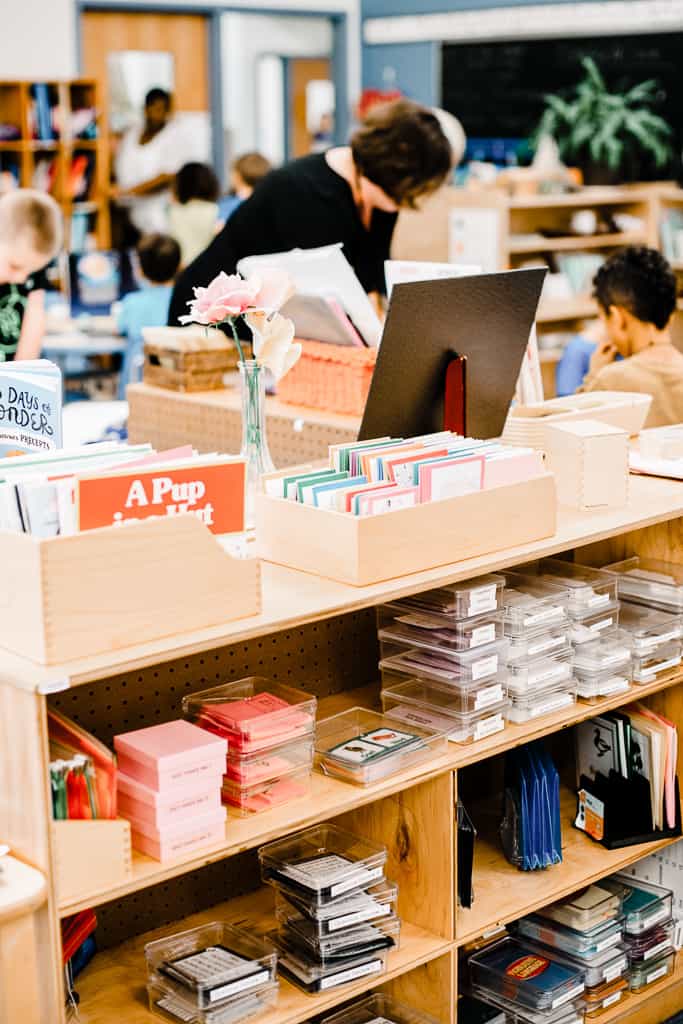
Our focus here is cosmic education
Come see what a buzzing Montessori elementary classroom looks like for yourself.
